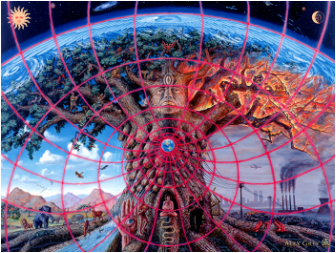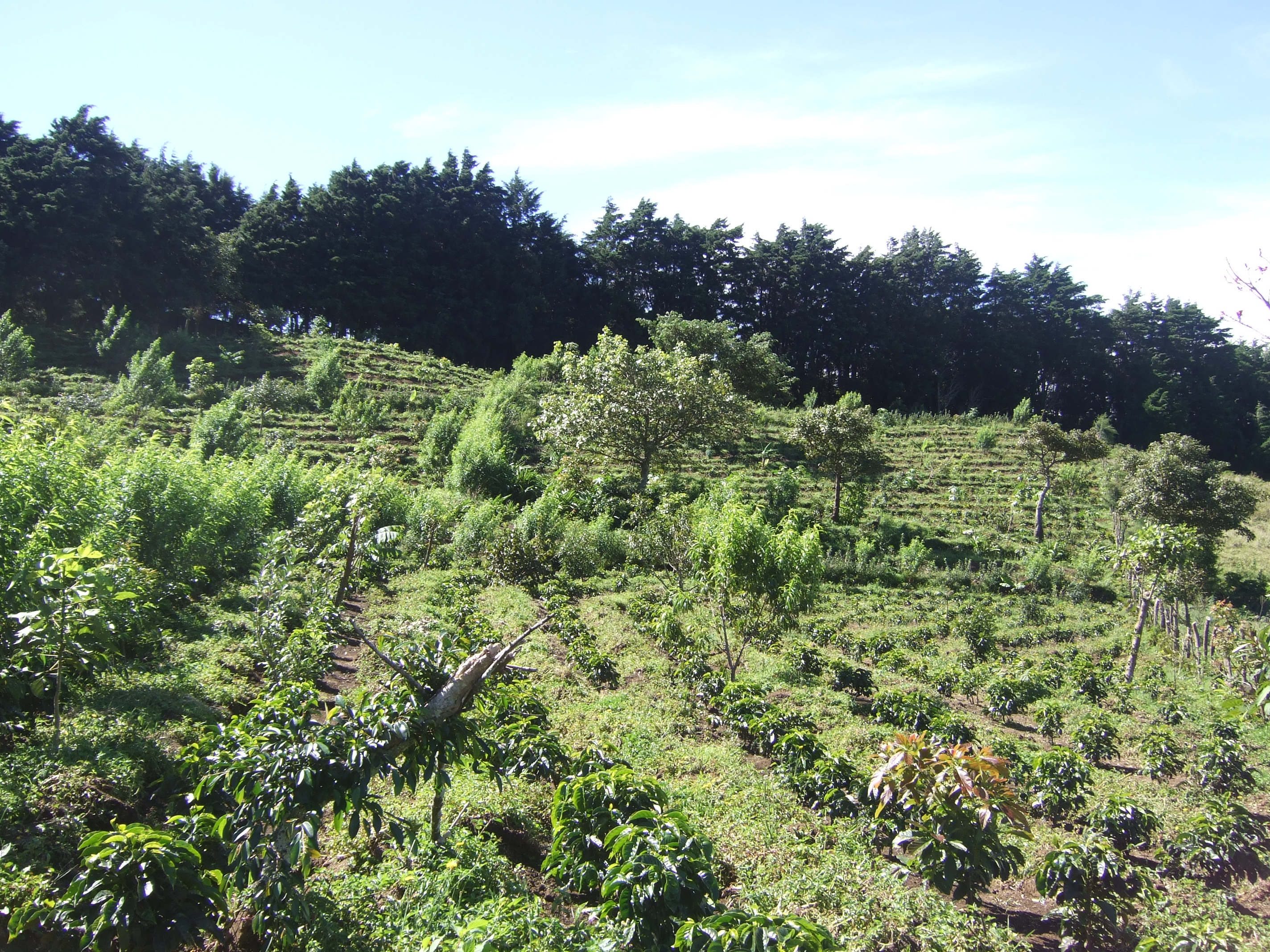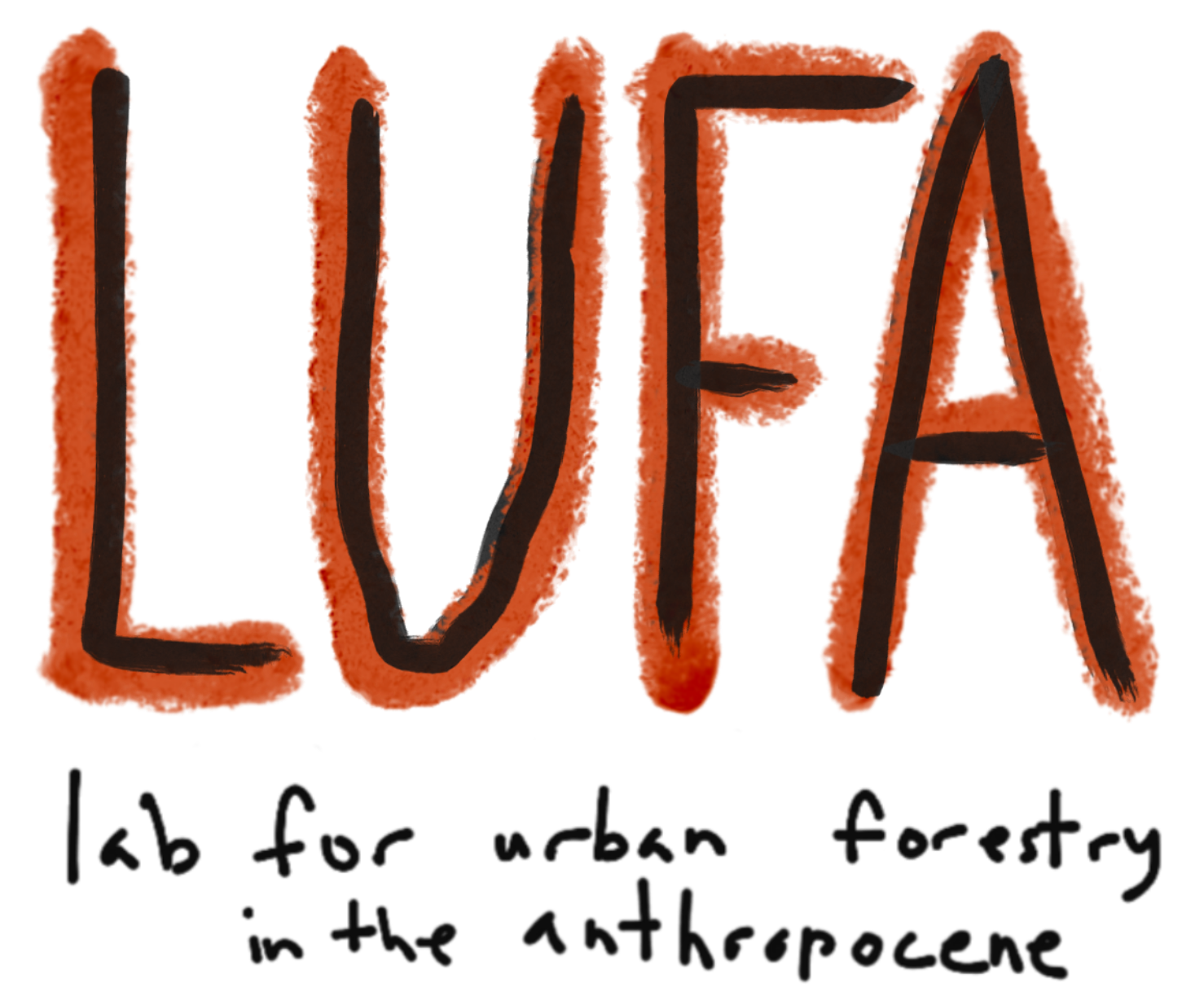BY Dan PossleyWhat is e-waste?
Electronic waste or e-waste, is the discarding of electronic technology. If this waste isn’t salvaged, reused, or recycled, its disposal can lead to toxic chemicals being released into the environment. However, even though most e-waste can be recycled, only ~12.5% is, which is problematic since 70% of toxic waste in landfills is attributed to e-waste. Currently, the world's most developed nations, the U.S. and Europe topping the list, are responsible for producing the most e-waste in the world, ranging from 20-30 million tons a year.
0 Comments
BY Marty KeaneOur society is indebted and slave to fossil fuels today. We use coal, oil, and natural gas to produce electricity to power our homes and transportation. We, in America and most of the developed world, are allowed the freedom to enjoy cheap energy so that we can live productive lives. We can heat and cool our homes, cook, drive, make money, grow and distribute food, and advance technologically all thanks to fossil fuels. The fossil fuel companies are profiting enormously in today’s world off of the cheap fossil fuels that are still consistently in high demand.
However, this use of fossil fuels does not come without a cost. Our environment is at stake. BY Shelby KlingbergWith over 100 neighborhoods and around three million people, Chicago is known for its diversity and culture. But, many communities in Chicago, specifically southern neighborhoods, are food deserts (see map below). These areas where fresh, affordable produce is difficult to acquire.
Community gardening is an effort that provides a space to strengthen relationships while simultaneously providing physical aid to food insecure people. Community gardens have been rising in popularity and for good reason. These gardens not only provide aid and allow growth for communities, but also help combat climate change and its negative effects. BY Maddy JanakisOcean acidification could be called 'Global warming’s evil twin. Humans have put millions upon millions of tons of carbon into the atmosphere since the beginning of the Industrial Revolution. While the atmosphere has changed drastically, the ocean has taken on the most of the burden, acting as a carbon sink to the earth. As the ocean absorbs more carbon it creates a chemical reaction, becoming more acidic. This is happening at a more rapid than any other time in the last 65 million years. Overall the ocean has become 30% more acidic, with 15% of change happening since 1990 (Vince 2014, 164). If these numbers sound alarming, they should. These changes are so fast and drastic that scientists aren’t entirely sure what will happen to our oceans.
BY Grace CarolloCurrently, the agriculture industry in the United States presents a wicked sustainability problem both environmental and socially. The combination of increased population, increased demand of/addiction to dairy/meat/processed foods, and government policies connected with big agricultural companies worsens our impact on the environment while ignoring the needs of the poor. The United States runs off both a national and international food system, where the developed nations largely depend on intensive farming (monocropping) crops (corn, soy, rice, wheat) and factory faming livestock, which mostly occurs overseas, to supply the majority of our diets.
BY Eliza MerrittCoffee is one of the most consumed beverages globally, with a billion-dollar industry and a commodity depended upon by people worldwide. Coffee is the second-most sought after commodity in the world after crude oil, and its popularity and consumption continue to expand.
The consumption of coffee is most prominent in more-developed countries, while most coffee production occurs in less-developed nations of the Global South. This distance between consumption and production makes for a disconnect between those who consume coffee and who and where produces the product. As water becomes more scarce, soils change, and climate change becomes a more and more pressing issue, coffee producers are feeling pressure to transition to more sustainable methods of production. Already the coffee industry is beginning to suffer due to a decline in suitable environments for coffee cultivation because of rising global temperatures. Exploring the challenges, techniques and goals of sustainable coffee cultivation is the first step in moving towards a coffee industry with lighter environmental impacts. BY Jack KleinBy 2050, production of 60% more food than we produce today will be required to support Earth's population, which is going to be an estimated 9.7 billion people. The traditional method of farming (that of harvesting crops in extensive outdoor plots of land) is a main contributor of greenhouse gas emissions, water use, and water quality degradation from nutrient runoff and soil loss. After 2030, climate change’s most important impact will come from the increased frequency and intensity of extreme weather events such as droughts and floods, causing serious negative effects on traditional agriculture.
If by 2050 we have to greatly increase global food production to meet the basic needs of our growing population but the traditional method of food production has proven to be detrimental to our environment, accelerating climate change which in return is expected to gravely affect its resiliency, one question arises: are there any methods of food production that can protect from the increasingly vagarious environment, help meet future global food production goals, all while having a neutral or positive impact on the environment? One possible solution is the relatively new idea of vertical farming, or building farms up in climate-controlled buildings rather than out on environmentally susceptible land. BY Katherine JohnsonSince earth was formed 4.6 billion years’ ago billions of plants and animals have gone extinct. However, today’s extinction rates are 1,000-10,000 times higher than what is considered a natural extinction rate. Across the globe species are becoming extinct on a daily basis, in the future 30 to 50 percent of all species could face extinction by mid-century. In order to maintain the biodiversity of our planet and secure a healthy future it is essential to combat these increasing levels. During this day and age almost all of the causes of extinction are prompted by human actions such as climate change, poaching, disease, deforestation and increasing human populations.
While many species are feeling the effects of human-caused extinction one of the species most affected is the tiger. BY Declan McInerney Alex Grey, Gaia, 1989, Oil on Linen, 96 x 144 in. www.AlexGrey.com Alex Grey, Gaia, 1989, Oil on Linen, 96 x 144 in. www.AlexGrey.com Ever since human beings could tell stories, the planet has been imagined through myth as a whole, functional being. The Greeks called her 'Gaia,' the source and mother of all life. While this personification may not be literally true, the essence of the myth is, Where would we be if not for planet Earth? The Earth, like a mother, provides the nourishment life requires. Today, the more evolved myth of science tells us that the planet does indeed work as a whole, not unlike an organic body. BY DJ SinghThe Great Lakes account for the largest amount of freshwater in the world, outside of the polar ice caps. It is essential to preserve these lakes and keep pollution away, chiefly as global warming continually depletes the large ice caps. For the most part these lakes are surrounded by dense forestry and nature preserves but not along the coast of Chicago, the largest city touching any of the lakes.
Chicago's 63-mile coastline only accounts for less than .04% of the lake’s total coastline but accounts for the largest amount of pollution into the lake. Lake Michigan is the third largest of the Great Lakes, behind Superior and Huron respectively, and provides over 6 million people with drinking water. For the most part, the city of Chicago has done a mediocre job monitoring the lakes conditions; capitalism has had an influence keeping the EPA (Environmental Protection Agency) in check. Recently, a large spike in Asian Carp migration to the lake, from connecting rivers, caused a disturbance in the natural ecosystem. The city was quick to act and poached the large population to a smaller scalable size that will not deter the natural order of the water. There have been new efforts to reduce the amount of waste going into the lake and more strict requirements for water quality. However, the larger problem remains pollution added to the lake and surrounding environment caused by excess boating on the lake (Holden 2016). |
AuthorsStudents in Jess' ENV 151 Introduction to Sustainability write blog posts on a sustainability-related topic of their choice. ArchivesCategories
All
|
1110 West Belden Avenue Chicago Illinois 60614
|
Site last updated: August 9, 2018.




